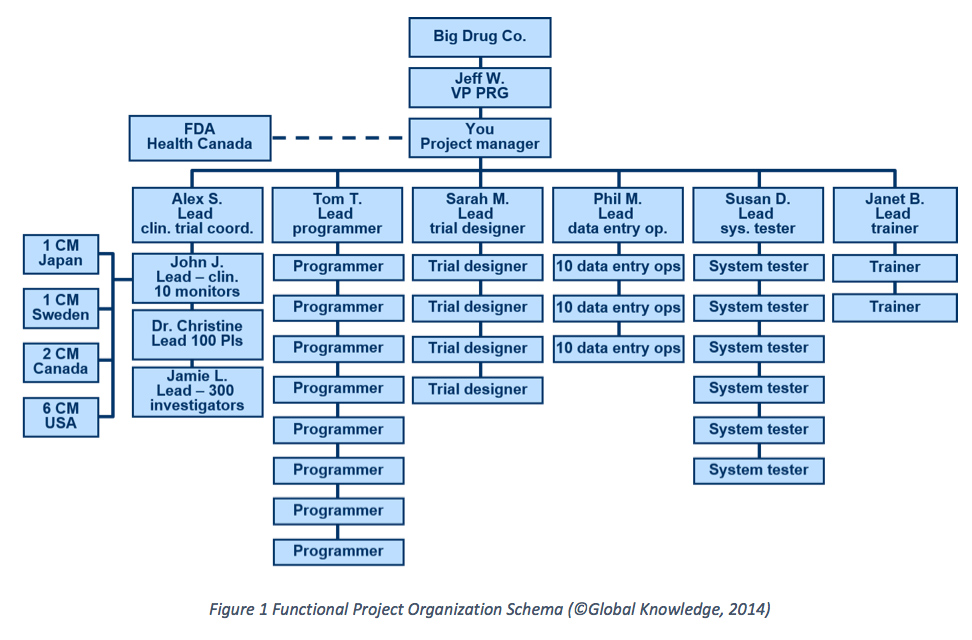 Projects are a social endeavor. Traditional project management approaches have shied away from the social advantages a more agile project environment brings. By nature, we are storytelling, pattern seeking and social people. We need colocation to shine truly in a project environment. Agile is about creating and fostering a culture that has:
Projects are a social endeavor. Traditional project management approaches have shied away from the social advantages a more agile project environment brings. By nature, we are storytelling, pattern seeking and social people. We need colocation to shine truly in a project environment. Agile is about creating and fostering a culture that has:
- responsible stewardship
- individual empowerment
- open and transparent communication
- self-organizing, self-determining, collocated groups
- knowledge sharing
- consistent face-to-face interaction with customers and each other
In a waterfall environment, resource management is always an issue in any project. Especially when the stakeholders have operational duties to perform. If our requirements team was 100 percent at our disposal, always completed activities on target and worked a full eight-hour day without distraction or a loss of productivity, then estimating time would be simple. This is never the case, however.
Command and Control Organizational Structures
Many business analysts, project managers and other project team members such as subject matter experts(SMEs), customers, users and other stakeholders classically work in a functionally organized environment. Functional settings tend to bring project team members together from other areas within the organization. Figure one illustrates a command and control organizational structure and how its project team is set up.

This organizational paradigm causes many issues such as competing for resources, self-interested management behavior, poor coordination between projects, over the commitment of resources and a fundamental disregard for best practice project planning techniques.
In the case of opportunistic management behavior: many functional organizations allocate resources based on project priority. In such cases, there is an incentive for project sponsors and senior managers to keep priorities high, by any means possible. On the other hand, those who already have resources assigned to their projects would want to protect them from being poached.
Determining Real Project Costs
As we may expect, this poor time management behavior has a very negative effect on project accounting practices. Organizations often account for costs based on hours spent by team members on projects. In contrast, time devoted to internal activities, such as meetings, are viewed as non-project expenses. In such situations, there is a built-in incentive for management to keep as many people as possible working on projects. A side effect of this is the lack of availability of resources for new projects. Moreover, real project costs are never identified and meetings not tracked. Adding to this predicament, project resources is tied to the operational duties they were originally hired to perform. In an agile environment, we just do not see this behaviour—it takes a village to be agile.

Organizations that are attempting to adopt a more agile approach often misunderstand the “point of Agile”. Scrum, RAD, and Extreme are all examples of process-based agile approaches. Agile, in of itself is not—it is a mindset.
Project Initiation with Agile
Using project initiation as an example, we see that project opening in an agile project is remarkably similar to traditional approaches. The main difference in rapid project initiation lies in the level of detail explored. Because the agile approach is designed to be tolerant of change, the lean principles of “just enough” and “just in time” are applied to project planning. Agile projects draw the “just enough” line at a relatively high level, leaving significant ambiguity at this phase of the project.
This ambiguity is most obvious in the lack of requirements detail and the rough preliminary project plan produced. A Guide to the Project Management Body of Knowledge (PMBOK® Guide) Fifth Edition, Project Management Institute, Inc., 2013, does not specify the level of detail needed for project initiation.
While project initiation is prominent on agile projects, its outputs are considerably different from those of a traditional project. This mindset of “just enough” and “just in time” are throughout Agile and its principles. A cultural acceptance of Agile requires courage and discipline from everyone from the leadership team all the way to the Scrum team itself.
Consider athletes who train for hours a day, every day to achieve their goals. The same applies to an organization's culture hoping to “go agile.” They should not expect to get it right the first time or the second or perhaps even the third time. Like an athlete, those organizations, leaders, teams who have discipline, courage and stick with it, will be successful in adopting a true agile culture.


 Worldwide Locations
Worldwide Locations